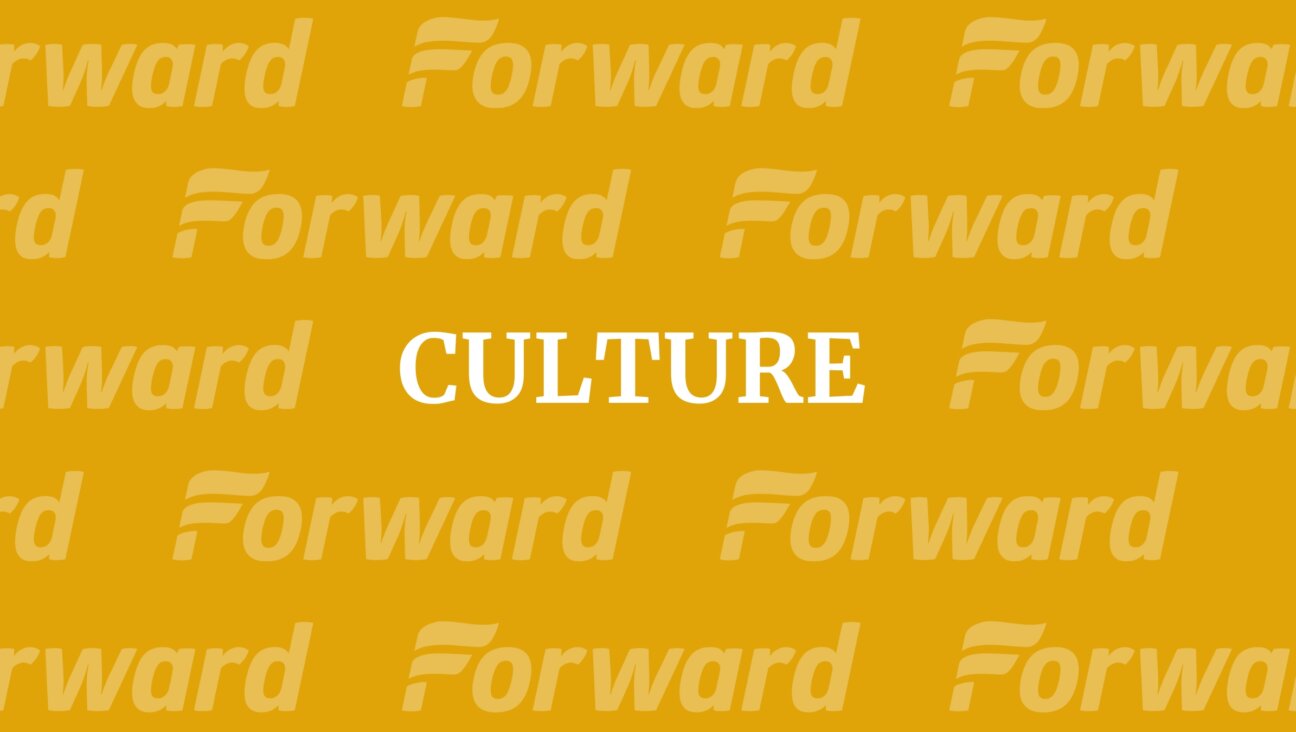What is Tu B’shvat? A guide to Judaism’s most underrated holiday
Celebrate environmental awareness and natural stewardship before the flowers bloom this Spring

A group of new trees are planted in a public park. Photo by iStockPhoto
Editor’s note: This story was originally published on February 9, 2020, and we are republishing it for Tu B’shvat 2024.
If you pretend to nod when people talk about Tu B’shvat but actually have no idea what it is or how to celebrate it, I don’t blame you. Midway between Hanukkah and Passover, it’s easy for Tu B’Shvat to get lost in the shuffle.
But I’d argue that the holiday is poised to become a modern Jewish blockbuster. Tu B’Shvat has funky pre-Judaic roots and an environmentalist message; it injects a dose of the outdoors in these gray January days; and it gives us an excuse to splurge on pomegranates. Here’s how to dive in.

What is Tu B’Shvat? How did it start?
Like Sukkot, Tu B’Shvat started out as an agricultural festival that helped farmers mark the passing seasons. When ancient communities planted fruit trees, they followed a Biblical commandment to refrain from harvesting the fruit for three years. In the fourth year, the Torah commanded farmers to offer the harvest as a sacrifice. In the fifth year, the fruit was finally ready to eat. To avoid keeping track of each tree’s individual “age,” ancient rabbis declared the 15th day of the month Shevat as the “birthday” of all trees.
These days, of course, most of us don’t harvest our own fruit. Instead, think of Tu B’Shvat as a Jewish equivalent to Earth Day— a day for promoting environmental awareness and natural stewardship. For many environmentalists the holiday is especially important because it embodies the connection between ancient principles and present-day activism. Many Jewish communities celebrate planting trees or through other activities like nature clean-ups. Some people also host Tu B’Shvat seders.

The Tu B’Shvat Seder features the fruits of Israel and, like the Passover Seder, involves four glasses of wine. Image by iStockphoto
Wait, aren’t seders just for Passover?
Actually, the word “seder” can be used to describe many kinds of meals with prescribed rituals and prayers. In the 16th century, Kabbalistic rabbis created a set of ceremonies to celebrate Tu B’Shvat. They believed the rituals they outlined would help them become closer to the divine presence in everyday life. The seder revolved around consuming three different kinds of fruits and nuts: those with hard exteriors (like bananas or walnuts), those with hard pits (like dates and olives), and those that are completely edible (like berries or grapes). For the Kabbalists, the transition between fruits with shells and those without mirrored their progression to higher levels of spiritual awareness.
While Kabbalist rituals eventually fell out of fashion, in the last decades many Jewish communities, especially those with a focus on the environment, have revived the custom of Tu B’Shvat seders and even developed haggadot to guide the meal. You can find a basic haggadah from Ritual Well here, a haggadah from environmentalist organization Hazon here, and an English translation of the oldest known haggadah, dating from 1728, here.

Shivat Haminim: The Seven Species of Israel Are Used To Celebrate Tu B?Shvat. Image by Wikicommons
What foods should I serve on Tu B’Shvat?
Dried fruits and nuts were a staple for the Kabbalists and remain emblematic of the holiday — but raisins and walnuts do not a hearty Jewish meal make. Some people center Tu B’Shvat meals around the shiv’at ha’minim, or seven species associated with Israel in the Torah: wheat, barley, grapes, figs, pomegranates, olives, and dates. But as long as you incorporate plenty of fruits, your meal will fit the mandate of the holiday. Try this Sephardic cous cous recipe laden with dried fruits, succulent chicken with olives, a decadent pomegranate tart, or even a spicy cocktail with fig liqueur.
























